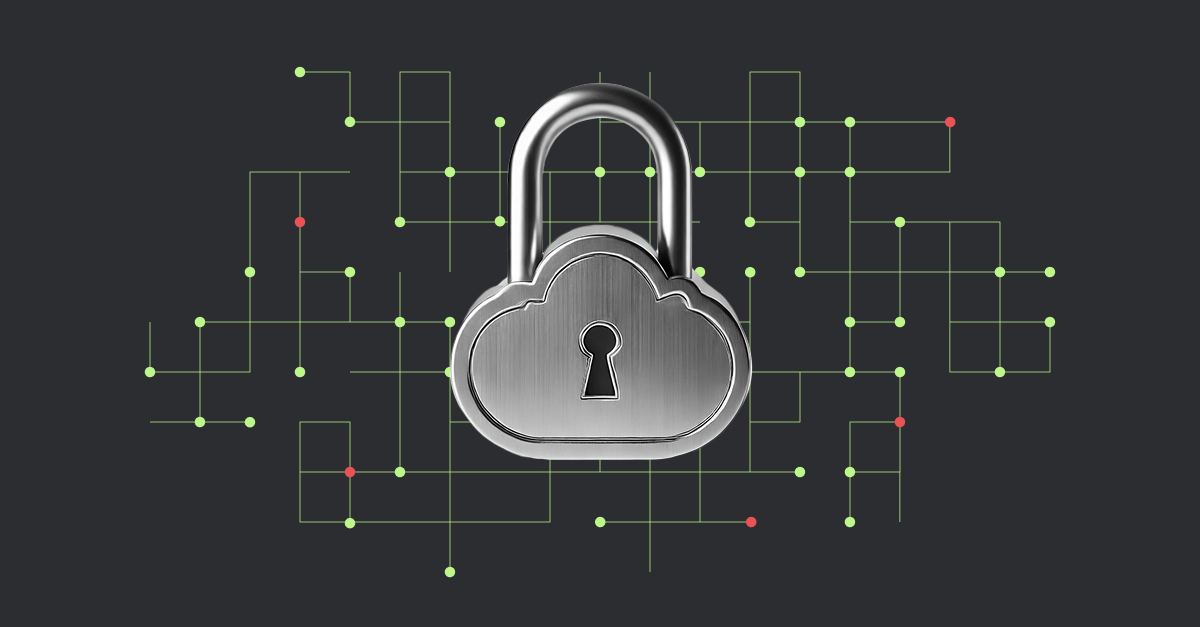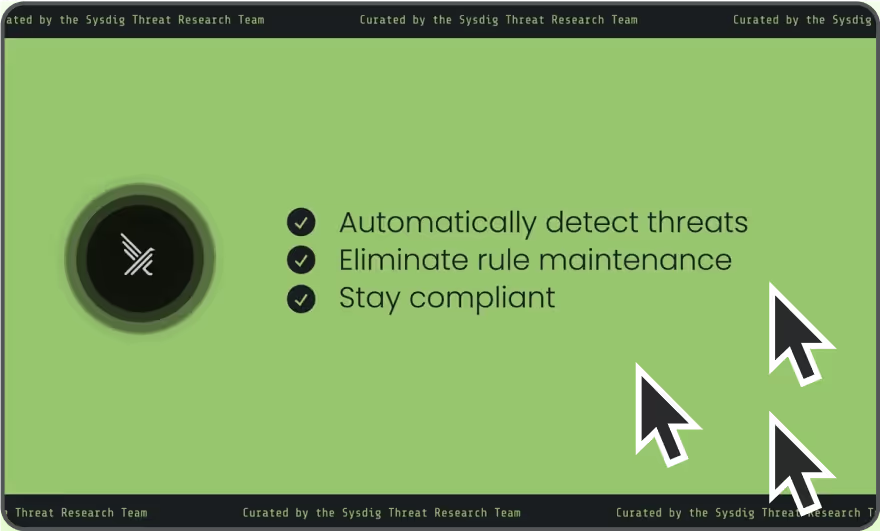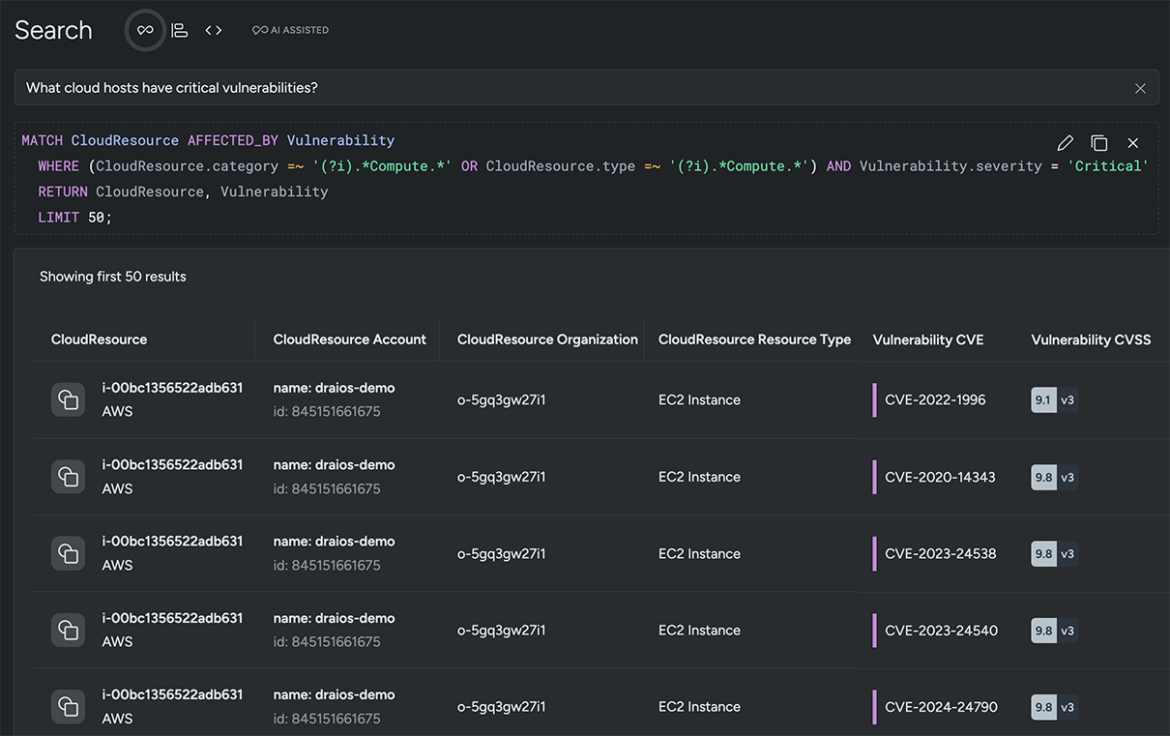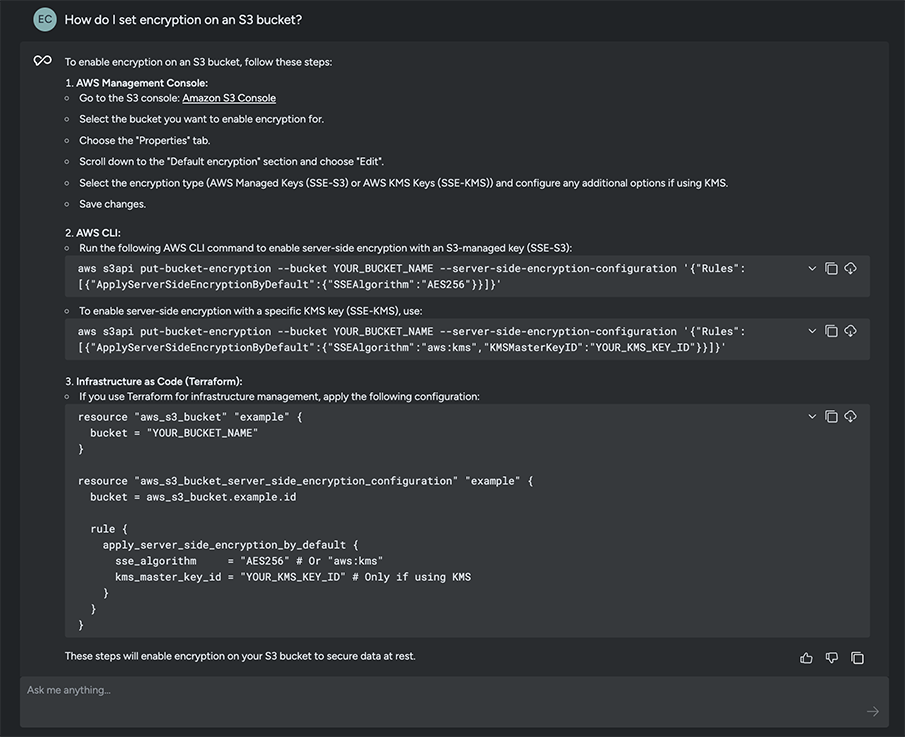
Falco Feeds extends the power of Falco by giving open source-focused companies access to expert-written rules that are continuously updated as new threats are discovered.

Generative AI (GenAI) is poised to revolutionize the cloud security posture management (CSPM) space, bringing intelligence, automation, and context to increase the effectiveness of managing cloud risk. Maintaining a robust security posture in the cloud can be challenging as the number of deployed cloud services increases across diverse clouds. Soon, AI-driven CSPM will play a critical role in helping security and cloud teams to keep pace with misconfigurations and compliance gaps.
Understanding the current CSPM landscape
CSPM tools are evolving rapidly to keep pace with the dynamic nature of cloud environments. Traditional CSPM solutions scan cloud infrastructure for misconfigurations, compliance issues, and known vulnerabilities. By providing visibility into where there are risks, CSPM helps teams know where to button up their cloud settings to reduce the possibility of breach.
Organizations doing more and more in the cloud need more efficient ways to identify and prioritize cloud risk. Security software providers, like Sysdig, have built solutions on top of graph databases to provide the ability to map relationships between cloud resources, users, security configurations, and risk.
A graph database (graphDB) streamlines the ability to perform advanced queries to identify interconnected cloud components. This relational view is particularly valuable for understanding security and compliance implications across resources – including mapping potential attack paths through cloud environments. The ability to identify chains of vulnerabilities and permission relationships that could be exploited is critical to cloud security.
Even with the power of a graphDB, organizations need assistance to further simplify the task of identifying, prioritizing, and remediating cloud risk. This is where generative AI is poised to make a big impact on the practice of cloud security posture management.
How generative AI will impact CSPM
Generative AI is creating transformative effects across businesses of all kinds, providing benefits including productivity gains and enhanced decision-making. Entirely new products and services are being introduced thanks to the power of AI and Large Language Models (LLMs). Posture management will likewise benefit, empowering AI to analyze data and perform tasks, ultimately making security teams faster and better equipped to manage cloud threats.
Let’s look at some of the areas we expect to feel the impact of AI-driven CSPM.
Natural language queries
Posture management tools provide the ability to query your cloud inventory to understand interconnected services, and risk. This is typically facilitated by a graph search query language. While powerful, learning the nuances of a graphDB query language may not be for everyone. This is where AI can be employed to provide assistance.

Security professionals will interact with CSPM tools through a conversational “chat” interface. Through simple questions like, “What cloud hosts have critical vulnerabilities?” or “Where do I have publicly exposed storage buckets,” AI that is properly trained will be able to translate questions into a query using the proper syntax and return the information requested. In this way, natural language interactions via AI will make cloud security accessible to a broader range of stakeholders.
Intelligent alert prioritization
With CSPM, there’s often a challenge of distinguishing between genuine threats and noise. An expected benefit of generative AI is the ability to analyze vast amounts of security data and cloud context to understand the relationships between alerts, assess their potential impact, and prioritize them based on actual risk to your organization. Rather than presenting security teams with hundreds of disconnected alerts, AI-driven CSPM will consolidate related issues and present them as a cohesive security narrative.
Issue insights and remediation guidance
Traditional CSPM tools often generate security insights in isolation, requiring analysts to manually piece together information. Generative AI enhances security visibility by correlating signals from sources including security logs, cloud configurations, and user behavior to provide holistic threat intelligence.
When a misconfiguration or vulnerability is detected, a generative AI assistant can facilitate a conversation to:
- Explain the issue in plain language
- Assess the potential impact on the organization
- Generate and explain remediation steps
- Generate playbooks for security teams to follow
- Create implementation plans including code, policy, or configuration changes

Predictive analysis and optimization
Rather than simply identifying existing issues, AI-driven CSPM will analyze patterns and trends to predict potential future risks. For example, by examining how cloud resources are typically deployed within your organization, AI can identify risky patterns, predict potential attack paths, and recommend preemptive actions before adversaries exploit posture issues.
Organizations can leverage generative AI to continuously optimize their security posture by analyzing current controls, simulating potential attacks, and recommending improvements. This creates a feedback loop that steadily enhances security without requiring constant human intervention.
Compliance assistance
A key use case for posture management is to maintain compliance with regulations such as PCI-DSS, GDPR, HIPAA, and SOC 2. Generative AI will provide assistance with compliance requirements by:
- Translating complex regulatory frameworks into actionable security controls
- Generating reports with recommended remediation actions
- Identifying potential compliance violations before they become issues
- Updating security policies when compliance requirements change
- Generating documentation and evidence for audits
- Providing natural language explanations of compliance gaps
AI-driven remediation
Incorporating AI-driven automation into CSPM holds the potential to reduce your mean time to respond (MTTR). Although at present, organizations may be uncomfortable removing a human from the process, AI for posture management can not only suggest security fixes, but can conceivably play a role in implementing the security fixes automatically.
The future of AI-driven CSPM
Generative AI represents a paradigm shift for cloud security posture management. AI will not replace security teams but will empower them with better ways to proactively plan, harden, and manage the security of cloud resources.
By moving beyond rule-based detection to intelligent, contextual security management, organizations will be better equipped to protect increasingly complex cloud environments. We expect organizations that adopt AI-driven CSPM solutions to be better equipped to stay ahead of emerging threats. The future of cloud security is proactive, intelligent, and AI-powered.Ready to experience generative AI for cloud security? Get acquainted with Sysdig SageTM, Sysdig’s AI Cloud Security Analyst.


